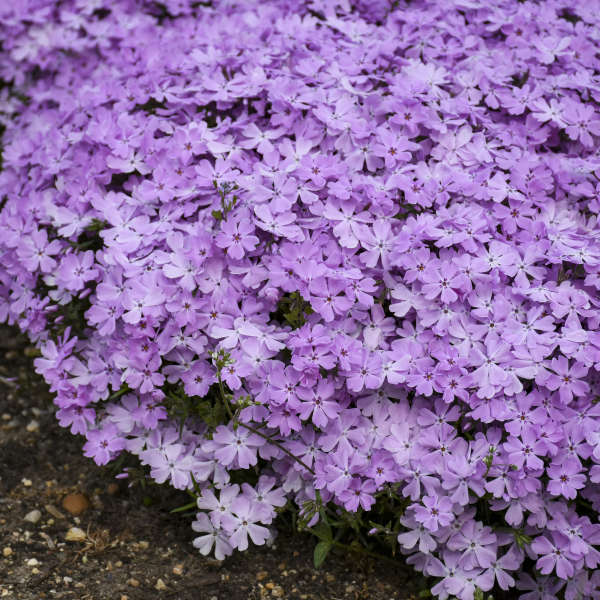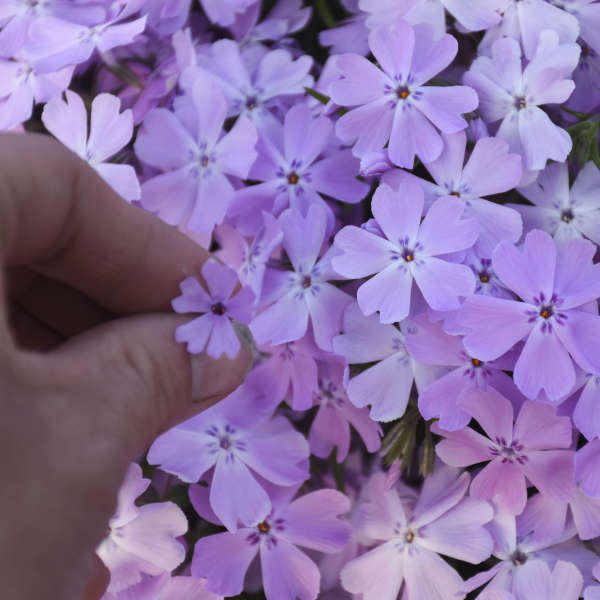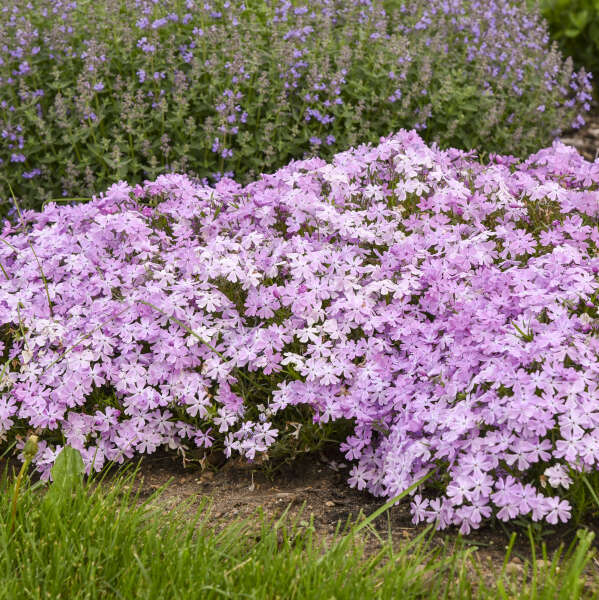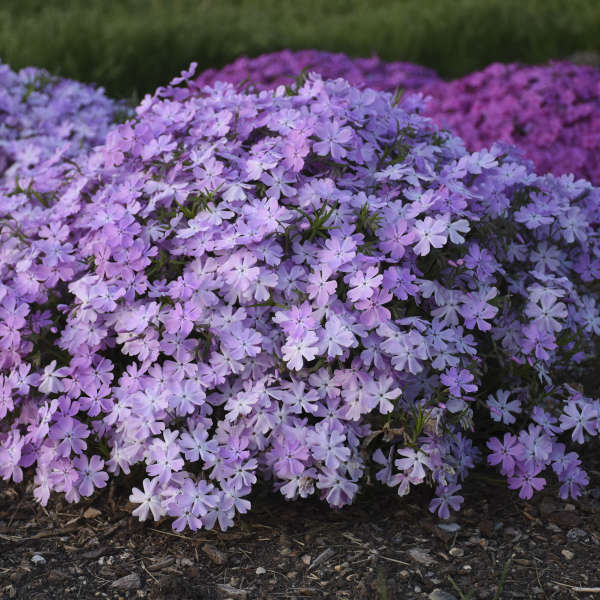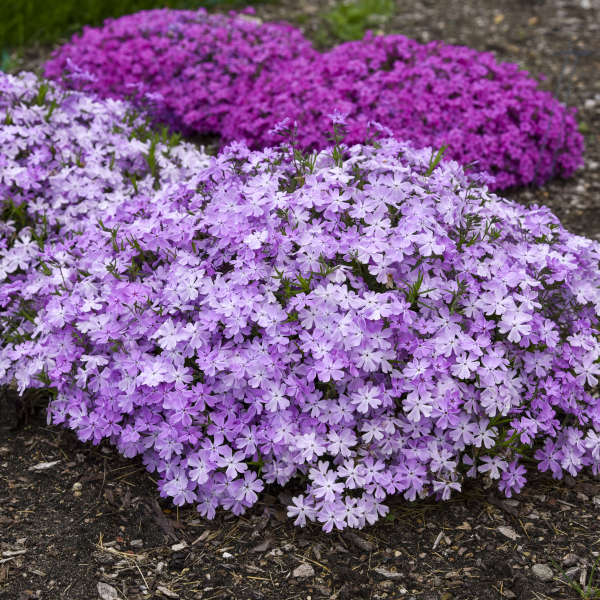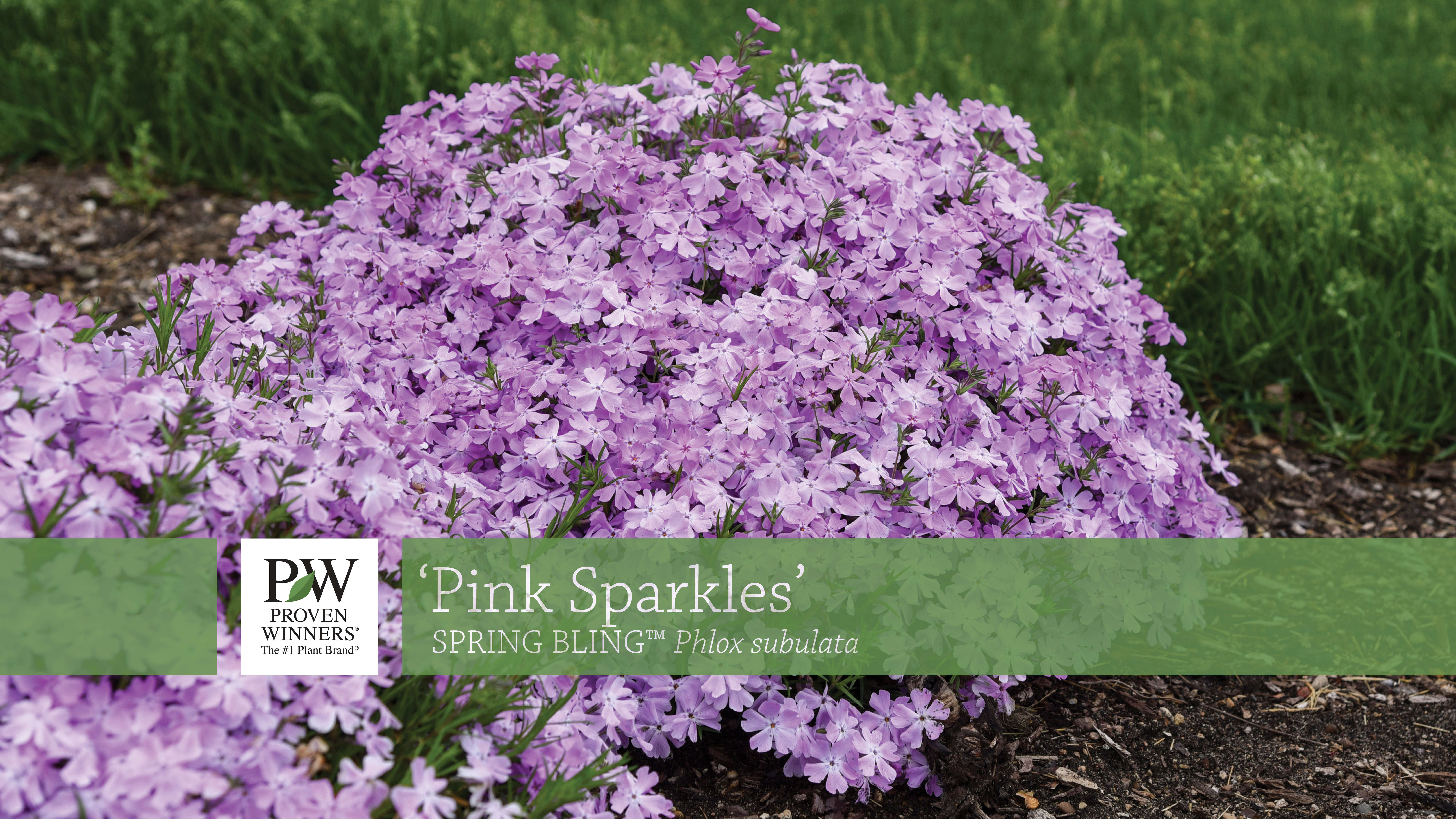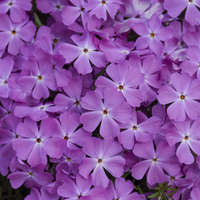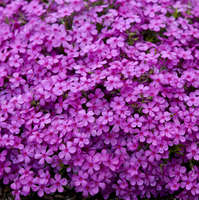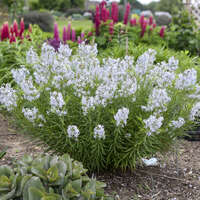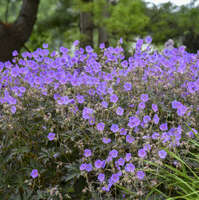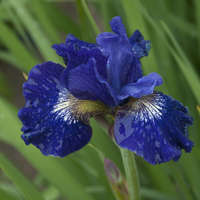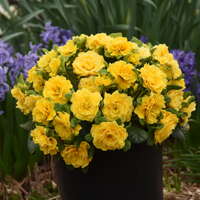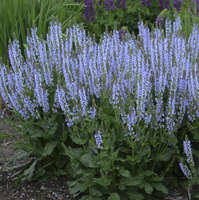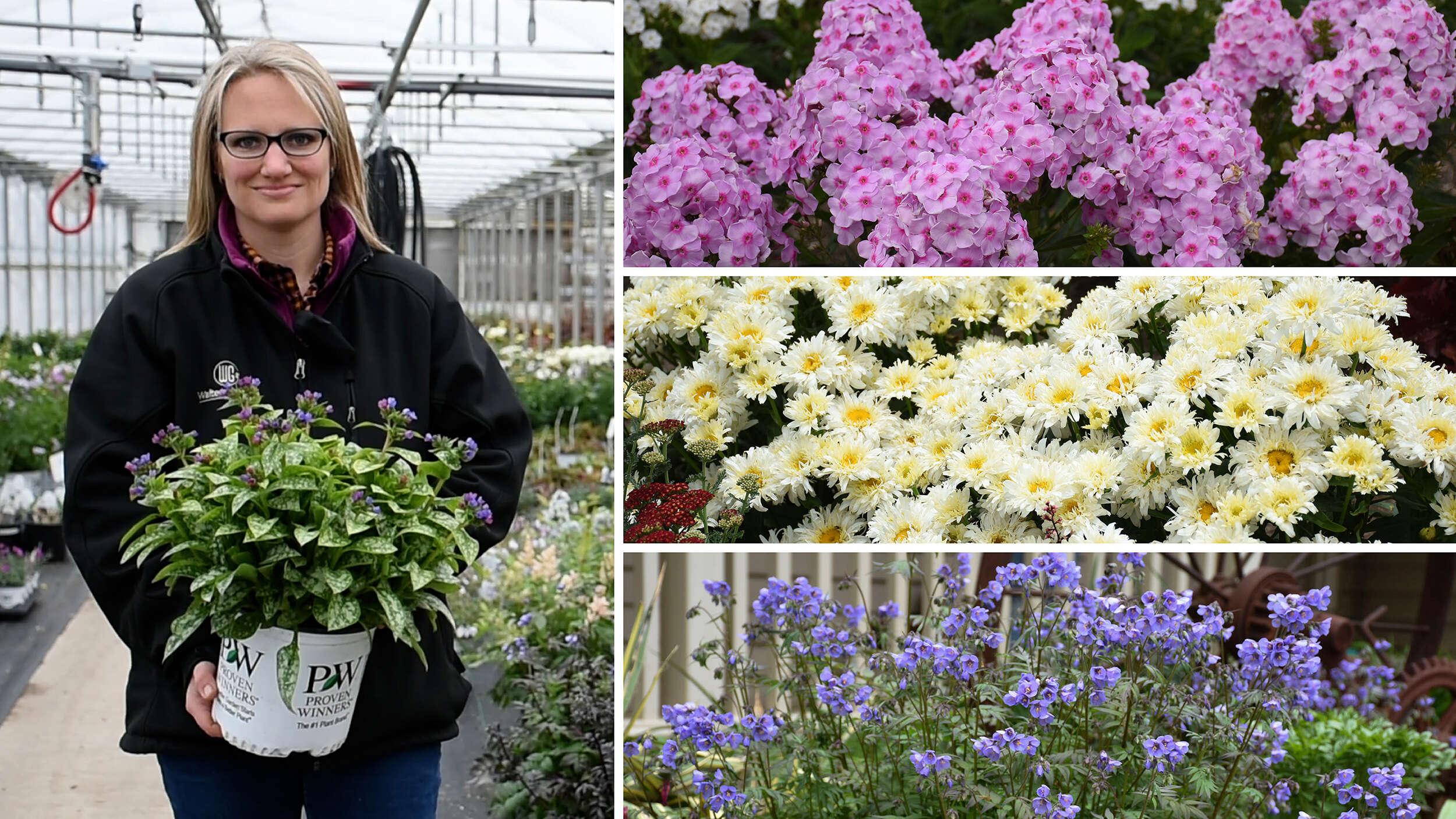Growing Temperature:
60-65° F
Holding Temperature:
40-50° F
Soil PH:
5.8-6.2
EC (What is EC?):
1.5-2.5 pour through method
Fertility:
Best performance with light to moderate fertility levels of 75 to 125 ppm continuous feed or 150-200 ppm as needed.
Vernalization:
Flowers best with 6-8 weeks of cold.
Pests & Diseases:
Aphids, spider mites, stem and bulb nematodes and whiteflies.
Fungal pathogens to watch for: botrytis, colletotrichum, downy mildew, fusarium, phytopthora, rhizoctonia and powdery mildew.
Scouting is the best way to monitor problems in these crops, they usually do not require proactive measures.
Potting & Timing:
Creeping phlox perform best in 7 or 8 in. mum pans or azalea pots. Wider containers allow more root to soil contact.
72ct Plug: Best planted in late summer and bulked up before winter for spring sales, good for smaller containers. Grow plants either in a cool greenhouse (above freezing) with good light levels and air circulation or plant around April 1st and place directly outside under white, breathable row cover. Water right through fabric as needed. Remove fabric when flower buds appear. It may be necessary to cover plants again in the event of a frost.
Moisture:
For potting soil use pourous media with excellent drainage.
Best performance with slighlty less than average watering practices. Keep them slightly moist but not wet during production.
Planting Level:
Plugs: crown should be at soil line, bareroot: crown on top of soil for best root to soil contact
PGRs/Pinching:
Pinch phlox planted from plugs a couple weeks after transplanting. No PGRs required.
Lighting:
Plants grow best in direct sun.
Other Comments:
First and foremost, a warm and sunny greenhouse in the spring is the "kiss of death" for growing Phlox subulata.
They want to be planted, watered in, and placed in a cold area with good light and good air movement.


